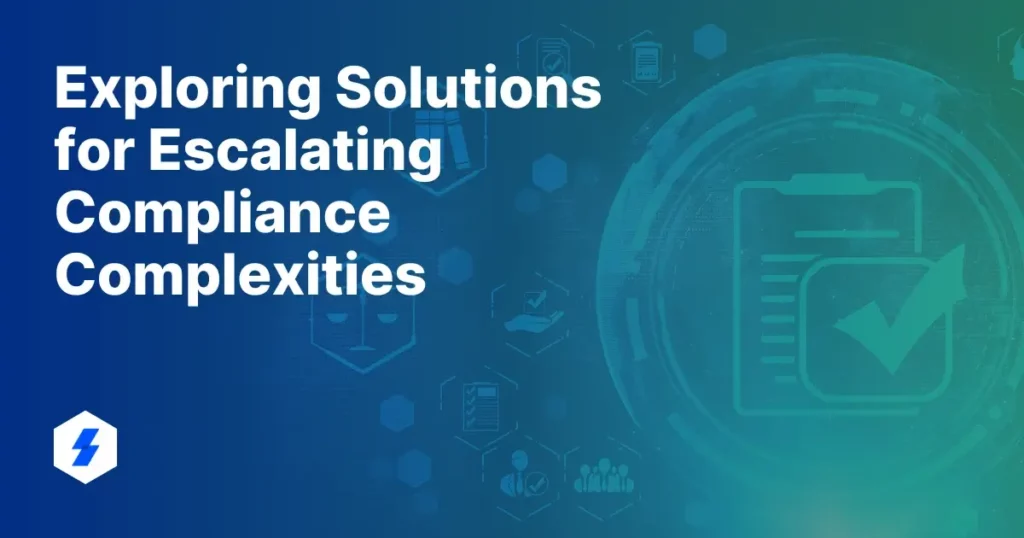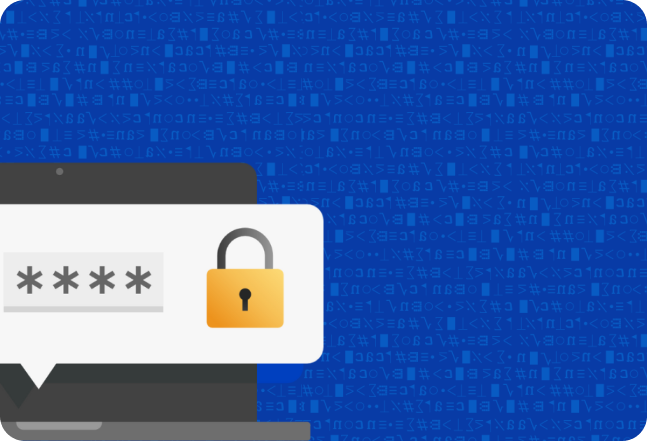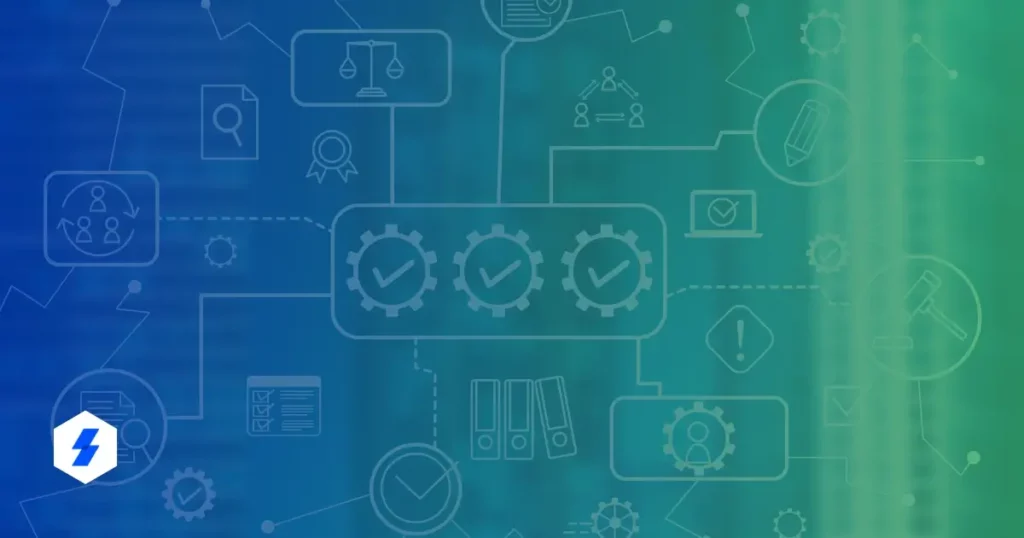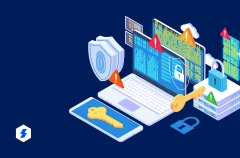Privileged Access Management for Finance and Banking
Escalating Compliance Complexities Becoming a Matter of Concern

Password Management in Network Security:
What is it? Why is it Crucial?

New technologies, risks, priorities, and regulations have emerged in recent years, prompting organisations to rethink their approach.
Did you know?
- 70% of corporate risk and compliance professionals claim that they have witnessed a shift from check-the-box compliance to a more strategic approach in the last 2-3 years. (2023 Thomson Reuters Risk & Compliance Survey Report)
- Furthermore, according to Navex Global’s 2023 Definitive Risk & Compliance Benchmark Report, 83% of risk and compliance professionals said that keeping their company compliant with all relevant policies, laws, and regulations is absolutely essential and a very important consideration in their decision-making processes.
As cybersecurity regulations evolve and become more stringent, the complexities of compliance are escalating, posing a significant challenge for businesses.
What if a Company Misses out on Compliance?
Given the unpredictable nature of the cybersecurity landscape and the increasing reliance on critical information, it’s crucial for companies to adhere to security regulations. Non-compliance of any nature can have severe ramifications.
For instance:
- In terms of privileged user management, inadequate control and oversight of privileged user access can lead to increased risks of unauthorized access to critical systems and data. Non-compliance may result in insufficient monitoring of user activity, making it challenging to identify and mitigate security incidents in a timely manner.
- Inadequate compliance with cloud security standards can expose the company to risks associated with misconfigurations in cloud environments.
- Furthermore, non-compliance with certain storage regulations can pose risks related to data sovereignty and data residency requirements, which dictate that certain data must be stored within specific geographic boundaries or designated regions. It can also violate data protection laws, which can lead to regulatory repercussions, especially in highly-regulated sectors such as finance, healthcare, and government.
Concerns and Consequences
The legal and regulatory framework surrounding cybersecurity, such as GDPR (General Data Protection Regulation) and HIPAA (Health Insurance Portability and Accountability Act), demand stringent data protection measures, making non-compliance a risky prospect for businesses.
For instance:
- GDPR imposes substantial fines on non-compliant companies, which can amount to up to 4% of their annual global revenue or €20 million, whichever is higher.
- HIPAA outlines civil and monetary penalties for violations, ranging from a minimum of $100 to a maximum of $50,000 per violation, with an annual cap of $1.5 million for identical provisions.
- PCI DSS (Payment Card Industry Data Security Standard) mandates stringent security measures for organizations handling cardholder data, with non-compliance resulting in fines and potential loss of ability to process card payments.
Non-compliance directly or indirectly implies heightened susceptibility to cyber-attacks, the specter of data breaches, and the erosion of a company’s infrastructure.
Neglecting security rules makes it easy for hackers to exploit vulnerabilities in systems and data, potentially resulting in significant financial losses and even the complete collapse of a business’s operations.
In addition to financial losses, non-compliance can lead to legal repercussions, tarnishing the organization’s standing in the eyes of stakeholders, and customers alike.
Lastly, the damage affects long-term growth prospects as well, hindering partnerships and collaborations due to a tainted reputation.
Reasons for Rising Compliance Challenges
The rising compliance challenges are attributed to the intricate web of legal and regulatory mandates that guide businesses in the cybersecurity realm.
The global nature of businesses means that they must navigate a myriad of regulations across different jurisdictions, each with its own set of requirements and enforcement mechanisms. This diversity of regulations, coupled with the dynamic nature of cybersecurity threats, creates a constantly shifting compliance landscape that poses significant challenges for organizations striving to stay ahead of the curve.
What do the Famous Compliance Requirements Need?
Some of the major compliance regulations such as PCI DSS, SWIFT CSF, and ISO/IEC 27002, have laid out specific requirements pertaining to privileged access and elevated permissions that businesses must meet in order to ensure compliance and avoid severe penalties.
Just-In-Time Access Policy:
- PCI DSS Requirement 7 – Restrict access to cardholder data by business need to know
- SWIFT CSF Requirement 5.1 – Enforce security principles of need-to-know access, least privileged access and segregation of duties for operator accounts
- ISO/IEC 27002 Requirement 9.4.1 – Access to information and application system functions should be restricted in accordance with the access control policy
Robust Password Management:
- PCI DSS Requirement 2 – Do not use vendor-supplied defaults for system passwords and other security parameters
- SWIFT CSF Requirement 4.1 – Ensure passwords are sufficiently resistant against common passwords through an effective password policy
- ISO/IEC 27002 Requirement 9.4.3 – Password management systems should be interactive and should ensure quality passwords
User Activity Monitoring:
- PCI DSS Requirement 10 Track and monitor all access to network resources and cardholder data
- SWIFT CSF Requirement 6.4 Record security events and detect anomalous activities and operations within the SWIFT environment
- ISO/IEC 27002 Requirement 9.2.5 Asset owners should review users’ access rights at regular intervals
Compliance with these regulations requires a high-level approach, encompassing technical, organizational, and procedural measures.
Leveraging Cybersecurity Tools for Better Control
From implementing robust encryption protocols to conducting regular audits, businesses must adopt a comprehensive strategy encompassing different cybersecurity tools.
For instance, incorporating a Privileged Access Management (PAM) solution is crucial to reduce the risks of illegitimate enterprise privilege escalation and access in cybersecurity. Moreover, an ideal PAM comes with an automated password management process, which ensures that passwords are strong, regularly updated, and securely stored in an encrypted vault, and an in-built Just-in-Time Access module that allows for the automated distribution and revocation of privileges.
Additionally, organizations can enhance their security posture by leveraging Privileged Account Analytics to monitor privileged user activity and proactively identify and mitigate potential threats stemming from elevated accounts.
Remote Device Security measures can also be implemented to secure access to critical systems from external devices.
Lastly, integrating DevOps Secrets Management solutions can ensure that privileged credentials and secrets such as passwords, APIs, and tokens are securely managed within DevOps environments, further bolstering the resilience of the organization.
In Conclusion
The imperative to protect sensitive data, uphold regulatory mandates, and foster customer trust cannot be overstated in today’s interconnected digital age.
With proactive measures and the right cybersecurity tools like Sectona PAM in place, businesses can not only achieve compliance but also strengthen their overall cybersecurity posture, thereby safeguarding their assets and reputation in the long run.
To know more about Sectona PAM, book a demo today.
Recent Posts
GET SUPPORT


- © 2024 Sectona Technologies Private Limited. All rights reserved. All trademarks held by their respective owners.
- © 2023 Sectona Technologies Private Limited. All rights reserved. All trademarks held by their respective owners.
- Privacy Policy
- Terms
- Eula
- Responsible Disclosure
GET SUPPORT


- © 2023 Sectona Technologies Private Limited. All rights reserved. All trademarks held by their respective owners.
- Privacy Policy
- Terms
- Eula
- Responsible Disclosure






